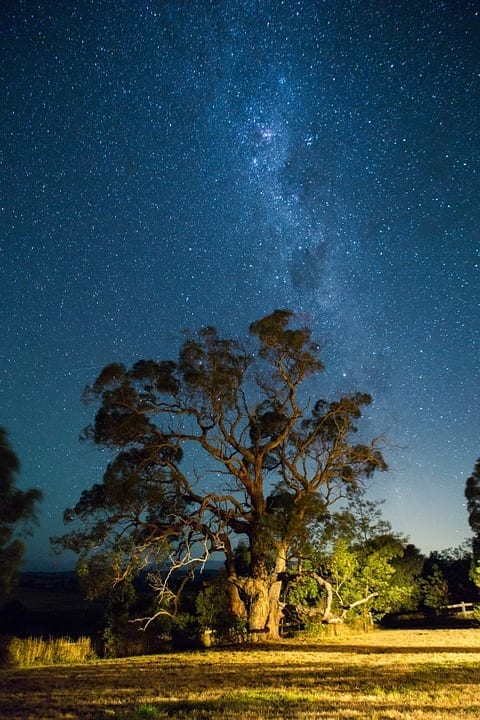NEW LISTING - White Box, Yellow Box, Blakleys Red Gum now a State and Commonwealth listed CEEC
White Box – Yellow Box – Blakely’s Red Gum Grassy Woodland and Derived Native Grassland in the NSW North Coast, New England Tableland, Nandewar, Brigalow Belt South, Sydney Basin, South Eastern Highlands, NSW South Western Slopes, South East Corner and Riverina Bioregions (commonly referred to as Box-Gum Woodland) had its conservation status increased to Critically Endangered Ecological Community (CEEC) on July 17, 2020.
The Plant Community Types (PCT) are in the Upper Hunter and Brigalow Belt regions and include PCT 382, 483, 484, 622, 166, 1691, 1695 and 1698. This increase in status level, will not affect the credit yield per hectare, but over time may have the effect of increasing the credit price.
The Box Gum Grassy Woodland was previously listed as an Endangered Ecological Community in NSW and a CEECunder the Australian Government’s Environmental Protection and Biodiversity Conservation Act 1999.
Box Gum Grassy Woodlands are found on relatively fertile soils of the lower slopes on the tablelands and western slopes of NSW, grass and herbaceous species generally characterise the ground layer. Shrubs are generally sparse or absent. This community is also very important to the critically endangered Regent Honeyeater with as little as only 400 mature birds left in the wild.
Box Gum Grassy Woodlands have been drastically reduced in area and highly fragmented clearance due to disturbances such as cropping, pasture improvement, heavy-grazing by domestic stock urban development, mining and transport infrastructure leaving them severely depleted and fragmented.
Some remnants of these communities survive with many of the trees partly of wholly removed by post-European settlement activities, and conversely, other remnants of these communities survive with the tree species largely intact but ground layers degraded to varying degrees through grazing or pasture modification.
Accessing Species Credits
Delta Associates can assist you with biobanking credit requirements, and advise you on options for offsetting the ecological impact on the species affected by your development. We can help you find suitable credits, and arrange the purchase of credits. We can also assist with transferring and retiring credits.
We can help with finding suitable credits for:
- Developers and Project Managers
- State Government Departments
- Local Councils
- Infrastructure Providers
- Accredited Assessors
- Mines
- Factories extending facilities
We offer flexible contracting terms and credit pricing that meets the market. Your project may wish to secure credits today at today’s credits prices whilst having the flexibility of a deferred settlement or option agreement.
For more information, review our FAQs below or enquire online for a consultation and review of your biobanking needs.

Frequently Asked Questions
Stewardship sites for Brush-Tailed Phascogales have been marked across the Hunter Valley. Delta Associates holds a large number of Brush-Tailed Phascogale species credits across multiple sites in the region. Contact us today to discuss your requirements.
After quantifying the Biobanking Ecological Impact of your project, you can confirm with us the suitability of our available NSW Species Credits for your project. We have a number of Brush-Tailed Phascogales credits available under the biobanking scheme, and can guide you through the purchasing process. Contact us today to confirm credit purchase and transfer options.
Species credits are created for threatened species that cannot be reliably predicted using habitat surrogates. The number of species credits is calculated based on targeted survey reports. For more information, enquire today for consultation and advice.
If a landholder decides to generate biodiversity credits (by signing up to a biodiversity stewardship agreement) they can sell those credits to developers to offset the biodiversity impacts of the development proposal. Alternatively, government or philanthropic organisations may choose to purchase the credits to secure biodiversity protections for the site.
The sale price for these credits will be negotiated on a case by case basis by the landholder and the credit buyer. As a minimum, the price must include the costs of managing the stewardship site.
Enquire today
Contact us today for more information on pricing and our flexible contract terms for Ecosystem or Species credits.